#ceratopsian
Text
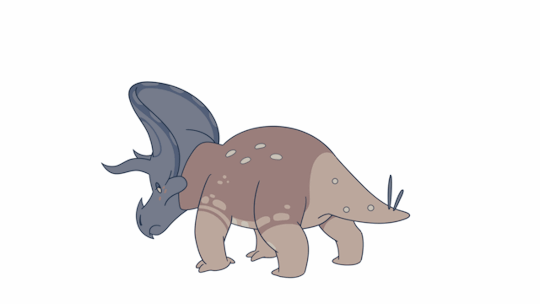
A silly little triceratops animation
#triceratops#dinosaur#paleoart#animation#ceratopsian#this is based on a triceratops design I made a few years back that has some newer speculative features#my art#WAAA I DIDNT REALIZS SO MANY PEOPLE WOULD LIKE THIS TYSM<333
3K notes
·
View notes
Text
Dinosaur with most grotesquely deep jaw proportion to its own head (not mention a huge head compared to rest body)
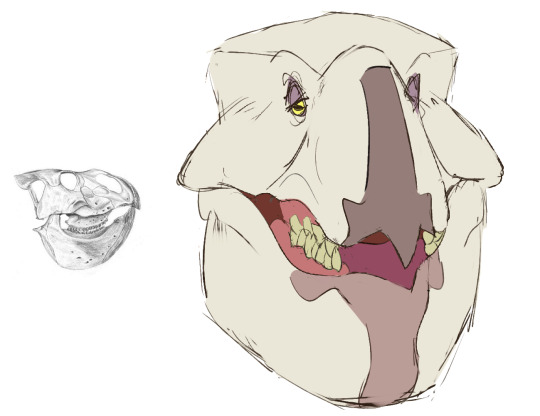

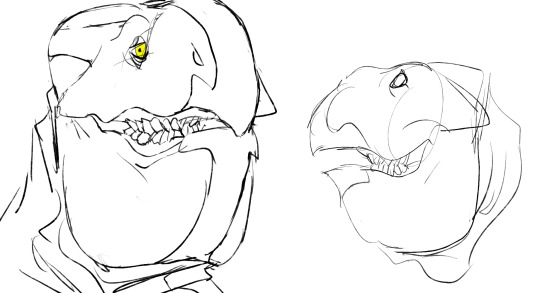

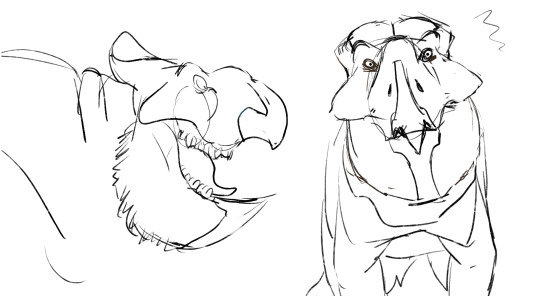
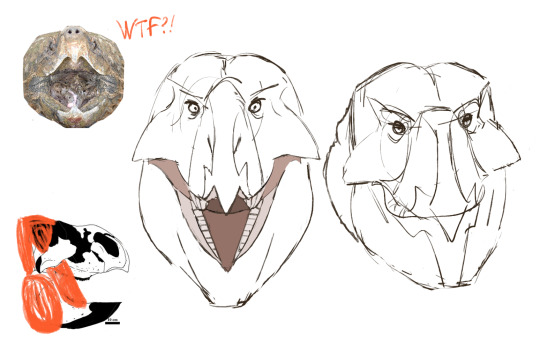
Only after a while I realized that barrel ones look like snapping turtles (Chelydridae). Very shape dudes, and they aren't related to Protoceratops.
#udanoceratops#leptoceratopsidae#ceratopsian#cretaceous#paleoart#prehistoric#paleontology#cartoon#gigachad
1K notes
·
View notes
Text
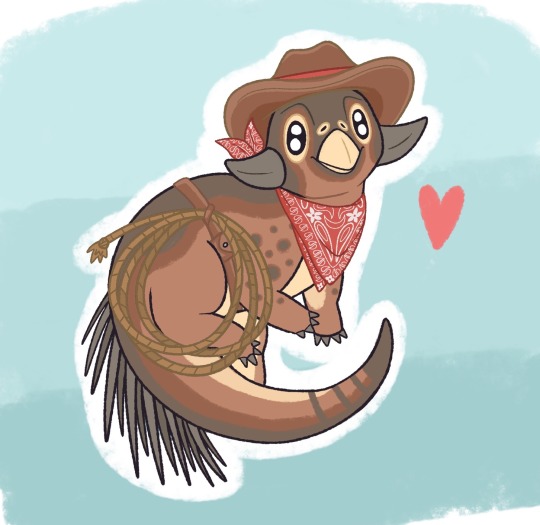
did you know psittacosauruses are one of the dinos we know the most about? heres one of those cuties as a cowboy for halloween 🤠
#psittacosaurus#artists on tumblr#paleoart#halloween#dinosaurs#dinosaur#tacos#paleo art#paleo pines#cowboy#halloween costumes#cowboy core#western#old west#ceratopsian#ceratopsid#howdy howdy howdy#triceratops#styracosaurus
2K notes
·
View notes
Text

This was gonna be a fullbody but A) I didnt feel like it and B) I liked the textures on the face so i wanted to focus on it
Nasutoceratops. I love these guys, theyre so cute. Peak cow-coded ceratopsid. big round nose, cow sized, cute horns, from texas? What an aesthetic.
#paleoart#palaeoblr#art#my art#dinosaur#dinosaurs#digital art#digital paitning#nasutoceratops#ceratopsian#ceratopsid
2K notes
·
View notes
Text

[ The skull is mounted on a custom steel armature, which allows for it to be seen all the way around. ]
"After seven years of work, the best preserved and most complete triceratops skull coming from Canada — also known as the "Calli" specimen — is on display for the first time since being found in 2014 at the Royal Tyrrell Museum in Drumheller, Alta.
A museum news release calls the specimen "unique" because of where it was discovered, the age of the rock around it, and how well it was preserved.
Following the floods that tore through Alberta about 10 years ago, the Royal Tyrrell staff were engaged in flood mitigation paleontology work when the triceratops skull was discovered in 2014.
Triceratops fossils are rare in Canada. This skull was found in the foothills of southwestern Alberta — an area where dinosaur fossils in general are uncommon — and nicknamed "Calli" after Callum Creek, the stream where it was discovered.
Transported via helicopter in giant, heavy chunks, the skull and most of the jaw pieces were extracted over the course of a month in 2015. The rest of the triceratops' skeleton was not found.
Roaming the earth roughly 68 to 69 million years ago, the museum says this skull was buried in stages, evident by the fossilization process.
"Paleontologists know this because the specimen was found in different rock layers, and the poorly preserved horn tips suggest they were exposed to additional weathering and erosion," reads a museum blog about the triceratops skull.
"The rest of the skeleton likely washed away," noting that the lower jaws were found downstream.
From 2016 to 2023, Royal Tyrrell technician Ian Macdonald spent over 6,500 hours preparing this fossil, removing over 815 kilograms of rock that encased the skull. This triceratops skull is the largest skull ever prepared at the museum and its third largest on display."
Read more: "Canada's biggest and best triceratops skull on display in Alberta" by Lily Dupuis.
#palaeoblr#Palaeontology#Paleontology#Dinosaur#Triceratops#Fossil#Cretaceous#Mesozoic#Ceratopsian#Extinct#Prehistoric#Photo#Article#Information#Museum#Royal Tyrrell Museum
2K notes
·
View notes
Text
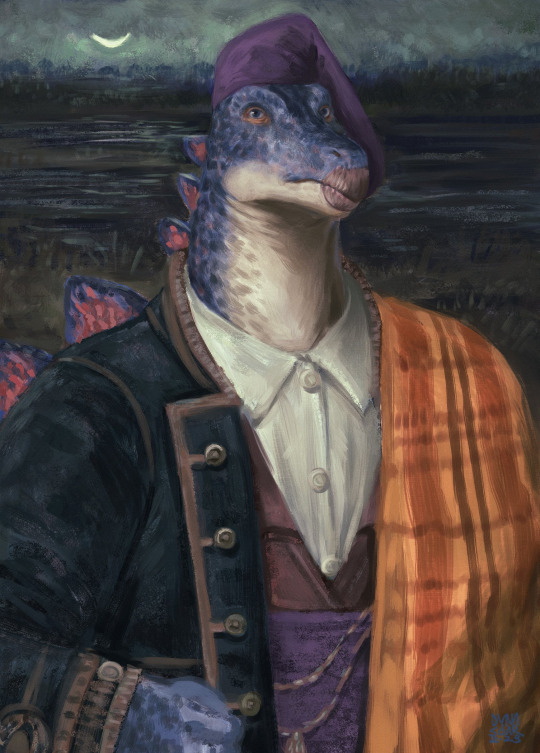



guys with beaks
#art#painting#digital art#digital painting#dinosaur#saurian#anthro#furry#furry art#anthro art#scalie#ceratopsian#stegosaurian#edmontosaur#hadrosaur#ornithischian#fantasy art#dynasoar5#ssohardd
429 notes
·
View notes
Text

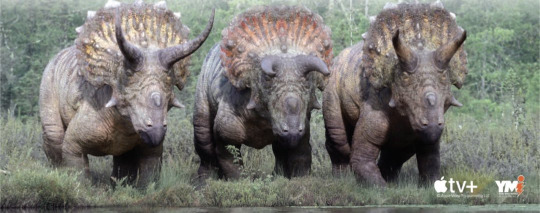
3 tickets for barbie please
1K notes
·
View notes
Text
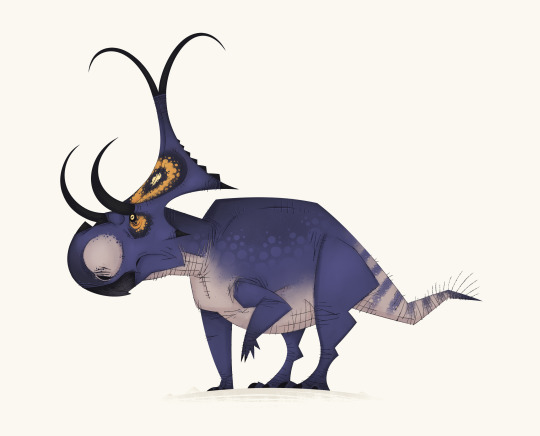
The "devil-horned" ceratopsian Diabloceratops
924 notes
·
View notes
Text
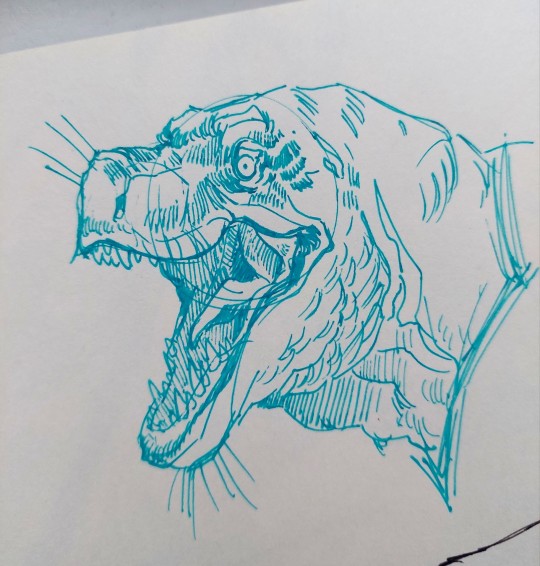
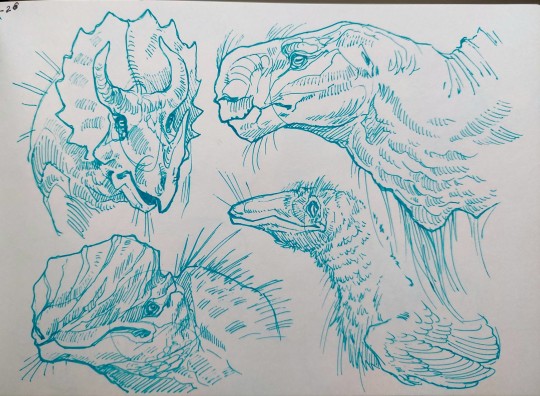
Soft dinos from my sketchbook
#dinosaur art#tyrannosaurus#ceratopsian#iguanodon#dilophosaurus#dromaeosaur#art#my art#sketch#traditional art
323 notes
·
View notes
Text

Art I submitted for the Prior Extinction art contest
Styracosauruses teehee
666 notes
·
View notes
Text

A Solar Eclipse is coming! How will the dinosaurs react to it?
#paleoart#dinosaur#dinosaurs#paleontology#dinosaur artwork#dinosaur art#velociraptor#protoceratops#djadochta formation#solar eclipse#solar eclipse 2024#ceratopsidae#ceratopsian#theropod dinosaurs#theropod dinosaur#theropoda#theropods#theropod#ceratopsia#dinosaur illustration#dinosaurs are cool
264 notes
·
View notes
Text
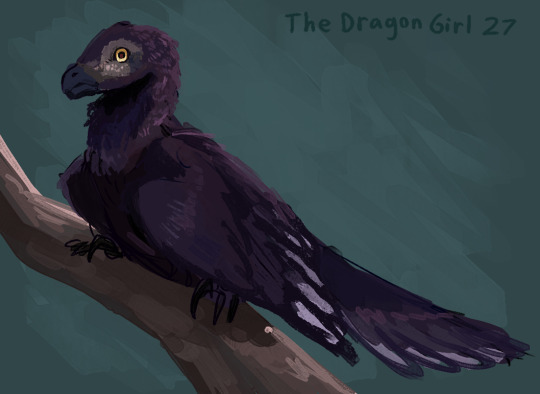



Flocking drawings!
Balaur just sitting around
Megalania taking a bath
Styracosaurus looking at the sunset
a pair of Euparkerias nuzzling
#paleostream#Balaur#Megalania#Styracosaurus#Euparkeria#paleoart#dinosaur#theropod#lizard#ceratopsian#Archosaur#mesozoic#cenozoic#dragon draws creatures#halfway through the Styracosaurus drawing i noticed the sunset had the lesbian colors so she is a women liker now#oh my fucking god this bitch is fucking gay good for her good for her#at least 5 people gay reacted the Euparkeria drawing on the paleostream server so i guess they have been diagnosed with gay too
254 notes
·
View notes
Text

April Fools 2024: The Curious Case Of The Chunky-Necked Ceratopsians
Much like the aquatic Compsognathus featured here a couple of years ago, not every novel idea that came out of the Dinosaur Renaissance was a winner.
And one of the oddest examples came from author/illustrator John C. McLoughlin.
His 1979 book Archosauria: A New Look at the Old Dinosaur featured an unusual interpretation of ceratopsian dinosaurs' characteristic bony frills, proposing that they were actually muscle attachment sites for both powerful jaw muscles and enormous back muscles to help hold up their large heavy heads. This would have completely buried the frill under soft tissue, giving the animals massive thick necks and humped shoulders, and resulted in an especially weird reconstruction of Triceratops with a grotesque sort of wrinkly sewn-together appearance.
This concept didn't entirely originate from McLoughlin – three years earlier in 1976 he'd illustrated Ronald Paul Ratkevich's book Dinosaurs of the Southwest, which seems to have been the inspiration for Archosauria's fleshy-frilled ceratopsians. A few paleontologists had also proposed jaw muscles attaching onto the frills during the 1930s and 1950s, and there's even a book from as far back as 1915 that also shows the top of a Triceratops' frill connected to its back! But McLoughlin's Archosauria image is still by far the most extreme and infamous version of the idea.
There were a lot of things in Archosauria that were actually very forward-thinking for the time period, such as putting fuzz and feathers on small theropods and depicting non-avian dinosaurs as active fast-moving animals. The unique ceratopsian reconstructions, however, never caught on for several big reasons:
Firstly, all that hefty muscle tissue would have locked ceratopsians' heads firmly in place, unable to move at all, which just doesn't make sense biomechanically. Then there was the lack of skeletal evidence – muscles that big should have left huge visible attachment scars all over the frill bones, and there was no sign of anything like that on any fossil specimens. Finally, it turns out the ceratopsian head-neck joint was actually highly mobile, suggesting their heads were free to make a wide range of motions in life.
As wrong as they were even at the time, McLoughlin's ceratopsians were still an interesting speculative idea, and notable for advocating for fleshier dinosaur reconstructions at a time when paleoart was trending towards shrinkwrapping.
Further reading under the cut:
A Very Alternative View of Horned Dinosaur Anatomy, Revisited – https://tetzoo.com/blog/2020/11/22/alternative-view-of-horned-dinosaur-anatomy
Trope of the Buffalo-Backed Dinosaur – https://tetzoo.com/blog/2020/11/27/trope-of-the-buffalo-backed-dinosaur
Vintage Dinosaur Art: Archosauria - Part 3 – https://chasmosaurs.blogspot.com/2013/10/vintage-dinosaur-art-archosauria-part-3.html
Vintage Dinosaur Art: Dinosaurs of the Southwest – https://chasmosaurs.blogspot.com/2016/11/vintage-dinosaur-art-dinosaurs-of.html
The Forgotten John C. McLoughlin Book – https://www.manospondylus.com/2021/03/the-forgotten-john-c-mcloughlin-book.html
#april fools#inaccurate paleoart#retrosaurs#science illustration#paleontology#paleoart#palaeoblr#triceratops#ceratopsian#dinosaur#art#mcloughlin ceratopsians#they are very shaped#she's beauty she's grace she can't even turn her face
310 notes
·
View notes
Text
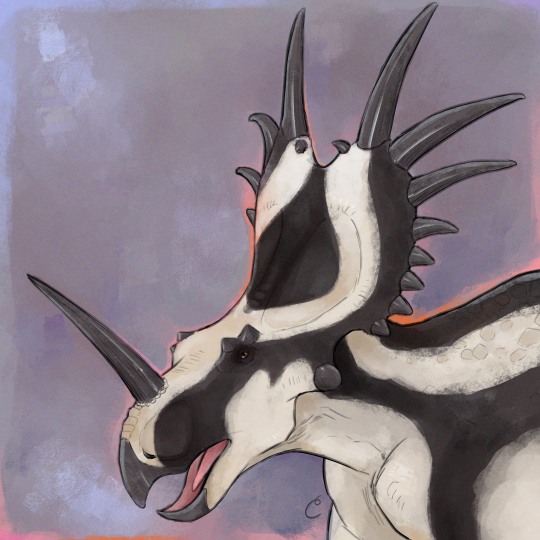
11/7/23 Styracosaurus // Possum
#dinosaur#my art#paleoart#dinovember#dinosaurs#dinovember2023#ceratopsian#species: styracosaurus#its a striped possum lol
454 notes
·
View notes
Text


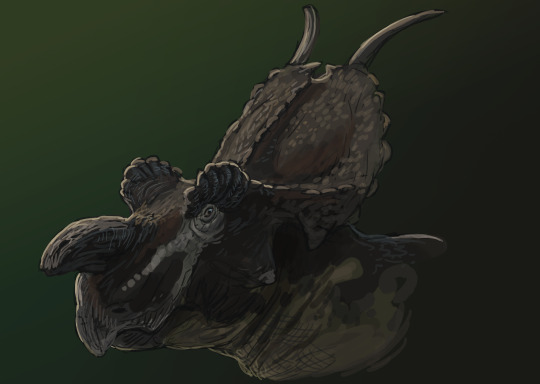
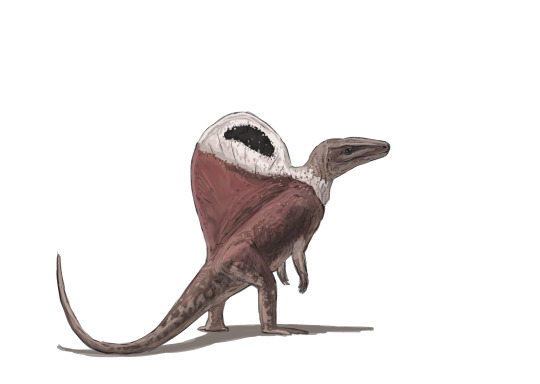
Results from the Flocking #paleostream
Dinocephalosaurus, Enoploura, Achelousaurus and Arizonasaurus.
#sciart#paleoart#paleostream#palaeoblr#cretaceous#dinosaur#ceratopsian#arizonasaurus#dinocephalosaurus
321 notes
·
View notes
Text
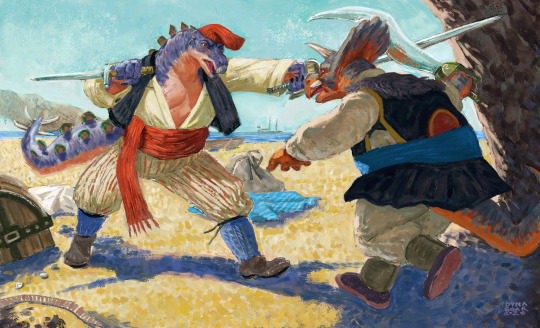
painting. "A Disagreement of Silver" 2023
#art#painting#digital art#digital painting#furry#anthro#saurian#dinosaur#ornithischia#stegosaurus#ceratopsian#triceratops#fantasy art#furry art#swordfight#swashbuckler#pirate#sailor#dynasoar5#ssohardd
1K notes
·
View notes